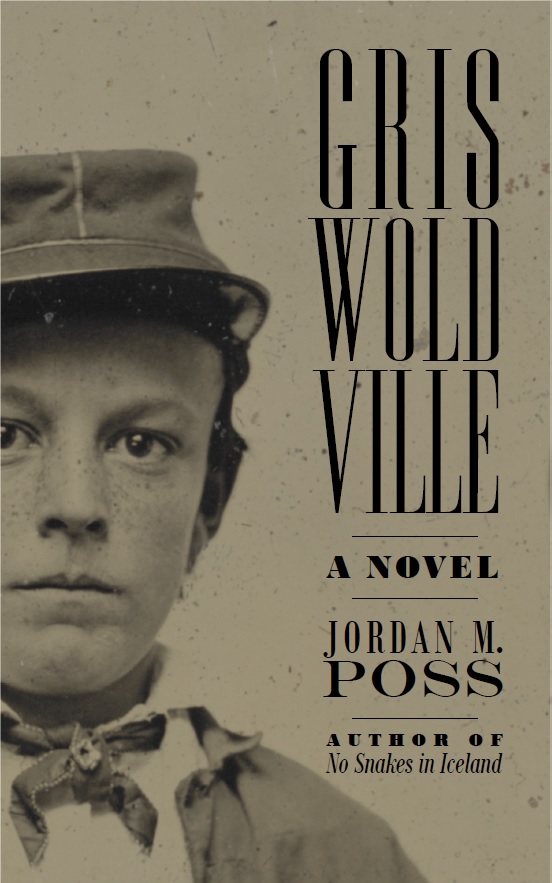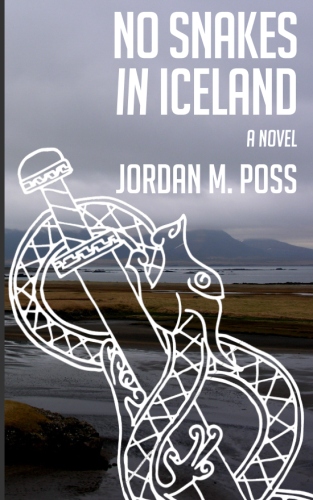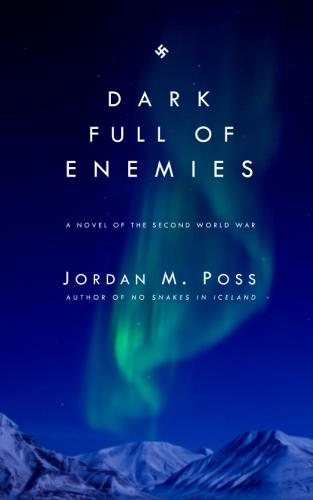Yesterday, heartily sick of complaints that 2020 is the “worst year ever” and hoping to bring a sense of historical perspective to our times, I began a short series on four years that were demonstrably worse than 2020. The first, 1315, was a year of famine and starvation. This, in the following generation, was a year of epidemic—something with which we are all too familiar, albeit on a much smaller scale.
1348
The Plague or Black Death, the second major epidemic of bubonic plague in recorded history, devastated both Europe and Asia. I know the most about the European outbreak, so that’s where I’ll concentrate for this post, but be aware that much of what I’m describing occurred in the Middle East and as far away as China, as well. The world was much more deeply interconnected back then than is often assumed.
Already under way
But the Plague arrived in a Europe that already had problems. Agriculture was still recovering from the famines of the 1310s and 20s and from the economic, demographic, and social disruptions that resulted. Politically there was upheaval in Italy, as usual; the already weakened Byzantine Empire was fighting a civil war; the Reconquista, the Christian reconquest of Spain from the Muslims who had invaded in the 8th century, had recommenced after one of many lulls; the Swedes were at war with Novgorod, the kingdom that would eventually grow into the Russia we know and love; and the Hundred Years’ War between England and France was in its tenth year. Religiously, the Church remained mired in controversy over the Avignon Papacy, a seventy-year period in which a series of popes served—in France, rather than Rome—as yes-men to the French king, weakening the power and moral authority of the office of Bishop of Rome and worsening preexisting political crises.
So why 1348? While, as I mentioned above, the Plague entered Europe through port cities like Messina and Split in the fall of 1347, I choose 1348 because by the summer the Plague had reached much of Western Europe, with cases as far north as England. The effects were already severe. COVID-19 and the Plague are both highly contagious, virulent diseases. But where COVID kills about 1.9% of those it infects (based on my reading of data at the CDC and Johns Hopkins as of today), the Plague had a mortality rate possibly as high as 80%. (In American records from before the availability of antibiotics, the rate was 66%, still catastrophically high.) The Plague eventually killed a third to over half of the population of Europe—an estimated 75,000,000-200,000,000 people in Europe and Asia combined.
What happened
So much for statistics. What happened in Europe in 1348 in concrete terms?
First, the Plague attacked the human body. The bacterium responsible, Yersenia pestis, can infect a human in several ways, most famously through flea bite but also through airborne transmission or touch, resulting in bubonic, pneumonic, or septicemic plague. The three related infections attack the body in different ways. According to medieval historian Morris Bishop:
In the bubonic plague the bacilli in the bloodstream settle in the lymph glands. They act against the walls of the blood vessels, producing hemorrhages, dark patches that eventually cover the entire body, and the tongue turns black. . . . Under the arms and in the groin appear swellings and carbuncles, the buboes that give the plague its correct name. Sufferers from the bubonic form of this disease occasionally survive, but most die within three days. In the septicemic form, the blood is fatally infected. The pneumonic form causes gangrenous inflammation of the throat and lungs, resulting in violent pains in the chest, vomiting and spitting of blood, and a foul smell. Victims of the pneumonic form almost always die; fortunately death comes to them very quickly.
We’ve discussed the mortality above. Now imagine watching the spread of this disease among your region, your parish, you neighbors, and your family, and the winnowing that followed—and how suddenly it began.
The food supply was affected as the Plague struck the peasantry. Theft and other crime, as in the Great Famine, increased. Prices rose. Kings could not marshal armies—the Hundred Years’ War entered a de facto truce. Entire families died. Others abandoned sick family members to their fates. Priests and doctors died while attending to victims. Cities and villages emptied, further spreading the disease to the countryside. Wolves scavenged among the corpses. So many people died that they could not all be given customary burial, and mass graves became common. According to an English chronicler writing in Rochester:
A great mortality . . . destroyed more than a third of the men, women and children. . . . Alas, this mortality devoured such a multitude of both sexes that no one could be found to carry the bodies of the dead to burial, but men and women carried the bodies of their own little ones to church on their shoulders and threw them into mass graves, from which arose such a stink that it was barely possible for anyone to go past a churchyard.
Here’s a contemporary depiction of a mass burial in Belgium. Here’s a modern photo of a partially excavated mass grave in France. Note that in the medieval depiction from Tournai the living have at least been able to build coffins for the dead. Even this luxury would not last. Here’s Boccaccio, in the shockingly vivid introductory passages of the Decameron, describing the effects of the Plague in Florence:
And many would meet their end in the public streets both day and night, and many others, who met their ends in their own houses, would first come to the attention of their neighbors because of the stench of their rotting corpses more than anything else; and with these and others all dying, there were corpses everywhere. And the neighbors always followed a particular routine, more out of fear of being corrupted by the corpse than out of charity for the deceased. These, either by themselves or with the help of others when available, would carry the corpse of the recently deceased from the house and leave it lying in the street outside where, especially in the morning, a countless number of corpses could be seen lying about. Funeral biers would come, and if there was a shortage of funeral biers, some other flat table or something or other would be used to place the corpses on. Nor did it infrequently happen that a single funeral bier would carry two or three people at the same time, but rather one frequently saw on a single bier a husband and a wife, two or three brothers, a father and a son, or some other relatives. And an infinite number of times it happened that two priests bearing a cross would be going to bury someone when three or four other biers, being borne by bearers, would follow behind them; the priests would believe themselves to be heading for a single burial, and would find, when they arrived at the churchyard, that they had six or eight more burials following behind them. Nor were there ever tears or candles or any company honoring the dead; things had reached such a point, that people cared no more for the death of other people than they did for the death of a goat: for this thing, death, which even the wise never accept with patience, even though it occur rarely and relatively unobtrusively, had appeared manifestly to even the smallest intellects, but the catastrophe was so unimaginably great that nobody really cared.
That’s just an excerpt, selected arbitrarily from the horribly detailed descriptions he gives. Read more here.
Fake news
And, then as today, there were conspiracy theories. (Incidentally, the story of “thieves oil” we’ve all heard from the MLM ladies at church is nonsense.) Notoriously, some directed their suspicions toward Europe’s Jews, whom a widespread rumor accused of poisoning wells. Despite a papal bull placing the Jews under the Pope’s protection and arguing vigorously against the illogical rumors, anti-Semitic pogroms broke out and some Jews were lynched or executed on trumped up charges or confessions extracted under torture, as in these accounts from Geneva and Strasbourg.
The consequences
The year 1348 saw the Plague already working destruction to its fullest, and it had not yet run its course. By the end December of 1349 the Plague had reached Scotland, Denmark, Norway, and the heavily populated river valleys of central Germany. By the end of 1350 it had reached al of Scandinavia as well as the Baltic.
In addition to outbreaks of violence against Jews, other popular movements emerged. German penitents known as flagellants took to the roads. According to a French chronicler,
They were men who did public penance and scourged themselves with whips of hard knotted leather with little iron spikes. Some made themselves bleed very badly between the shoulders and some foolish women had cloths ready to catch the blood and smear it on their eyes, saying that it was miraculous blood. While they were doing penance, they sang very mournful songs about the nativity and passion of Our Lord. The object of this penance was to entreat God to put a stop to the mortality.
The flagellants were excommunicated.
With the ranks of every class depleted and the agricultural economy a shambles, authority tottered, and the generations after the Plague saw multiple peasant uprisings. The largest and most famous occurred in France in 1358, ten years after the time we’ve discussed in this post, and in England in 1381—the famed rebellion under Wat Tyler, the participants of which were also fired with the populist religious teachings of John Ball. Both uprisings destroyed and were destroyed in their turn.
Between 30 and 60% of the population died regardless of age, sex, or social status. Everyone lost someone—a reality reflected in the art of the next several generations—and Europe would stagger through these years and the rest of the century, a civilization hobbled by the chunks taken out of its body at every level.
Next
Tomorrow we’ll step back for have a brief interlude in which I talk about a few of the years I thought about including but didn’t.
Further reading
Barbara Tuchman’s A Distant Mirror: The Calamitous 14th Century is a classic popular history that covers a thick slice of the 1300s. She includes a vividly written and detailed chapter on the Plague.
You can read more of Boccaccio’s descriptions of the Plague’s devastation of Florence at the link above or here. You can read more of the descriptions of the flagellants and the French peasant revolt from Jean Froissart, a French chronicler famous for his account of the Hundred Years’ War, here and here, respectively.
Yesterday I recommended the Penguin Monarchs volume on Edward II, who was king during the Great Famine. His son, Edward III, reigned for fifty years—from the lean years following the famine to end of the Avignon Papacy—and Jonathan Sumption’s entry in the series, Edward III: A Heroic Failure, is also worth your while, especially to see how the Plague influenced the long reign of a very busy monarch.
The University of Kansas lecture I linked to about the Great Famine yesterday also covers the Plague and includes a useful map of its spread through Europe; you can visit that page here. You can also see an animated .gif of the disease’s spread on Wikipedia here.
















